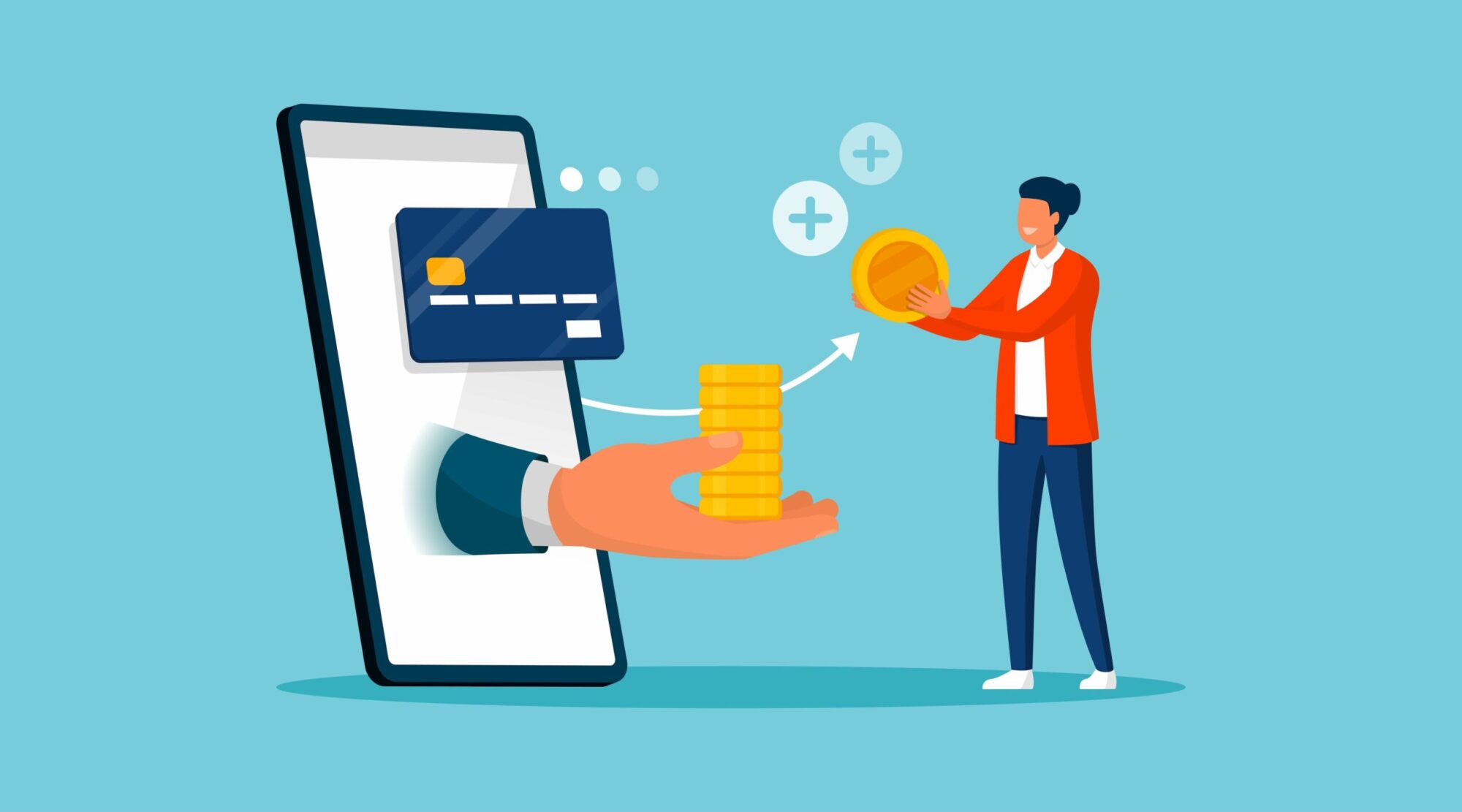A chargeback is a process of returning the amount paid to the relevant credit card if the goods or services that are paid by credit card but are not received in return, or when transactions have not been carried out by the cardholder are detected.
Refund is a process that works in the form of sending the product to the seller and recovering the fee, which is carried out for reasons such as the product not meeting the expectations, being defective or used, or changing the opinion of the buyer.
What is a Chargeback?
A chargeback is a formal refund request made by the cardholder to the issuing bank.
If a customer is unhappy with their purchase or is unable to recognize a particular transaction on their bank statement, they have the right to appeal the transaction and request a formal refund, known as a chargeback.
The card issuing bank immediately transfers the disputed payment amount from the merchant’s account to the customer’s account and investigates the incident to decide who will win the chargeback.
The most common situations where chargeback can occur are:
- Use of the card without the owner’s knowledge or consent.
- The cardholder does not recognize the charge.
- Poor product/service quality or damaged product.
- Not receiving the service/product for which the customer paid
- Unknowingly the customer has placed an order more than once.
- The subscription was canceled, but recurring billing is not disabled.
- If you receive a chargeback, we will immediately notify you with all the details.
In the event of a chargeback, follow these steps:
- You always have the right to appeal a chargeback.
- You can prove that the transaction is valid by providing sufficient convincing evidence.
Please be aware that the chargeback process can take a long time (one to several months) until the issuing bank makes its final decision.
How to Avoid the Chargeback?
- Provide as much detail as possible about the products and services you offer in your online store.
- Specify the final price (including shipping costs) on the checkout page.
- Provide the exact shipping times and prices.
- Allow the customer to replace the product or request a return.
- Put return and refund policies on your website and make them easily accessible.
- Provide contact information and get your customer service responsive.
- Be kind to your customers and respond to their needs.
- Get a signature so that you have proof that the products are sent to the shipping address provided.
- Make a clear and identifiable statement on the client’s bank statement and inform the buyer of this.
- Make sure you are using fraud prevention tools (eg Verified by Visa / MasterCard SecureCode).
What is a Refund?
The process of returning the purchased product is called a refund. The refund process, which is carried out for reasons such as the product not meeting the expectations, being defective, being used, or the buyer changing their mind, is carried out in the form of returning the fee by sending the product to the seller.
We have touched on issues that need to be known about refund operations.
Situations Where Refund Process Is Valid
The refund conditions applicable to online shopping are different and more comprehensive than those made from the physical store.
When you purchase a product over the Internet, you have the right to withdraw from the product within the specified dates without giving any reason. However, this right loses its validity in certain products and conditions.
How to Refund?
After the refund process is decided, it is necessary to notify the seller in writing or via a permanent data store (such as SMS or e-mail).
Within 10 days after the notification is made to the seller, it is necessary to send the product to the seller as a counterparty payment.
What is the Difference Between Refund and Chargeback?
The concepts of Refund and Chargeback, which are often confused, are two different concepts.
While the refund transaction means the return of the product at the end of a completely legal process, the chargeback transaction is an application that is valid for illegal transactions that occur as a result of transactions such as card fraud.
For this reason, while the refund process is a part of the natural sales process, the Chargeback transaction is a flow that occurs due to fraud outside the natural process and results in the recovery of the relevant amount from the merchant.
The refund should not be confused with a chargeback. Refund transaction has nothing to do with fraudulent, fraudulent purchases made without the cardholder’s knowledge. Refund refers to an ordinary product return transaction.
As we mentioned at the beginning, this is all about the product not meeting the expectations due to various reasons. Chargeback, on the other hand, is a system that is valid in cases of fraudulent use of the credit card without the knowledge of the cardholder and is applied with the same rules all over the world.
Here, the number of interlocutors also increases. For chargeback, the customer, the customer’s bank, workplace, and workplace bank step in. When it is decided to return the customer’s money as a result of mutual examinations, the workplace makes the payment. A chargeback is a process that requires review.




